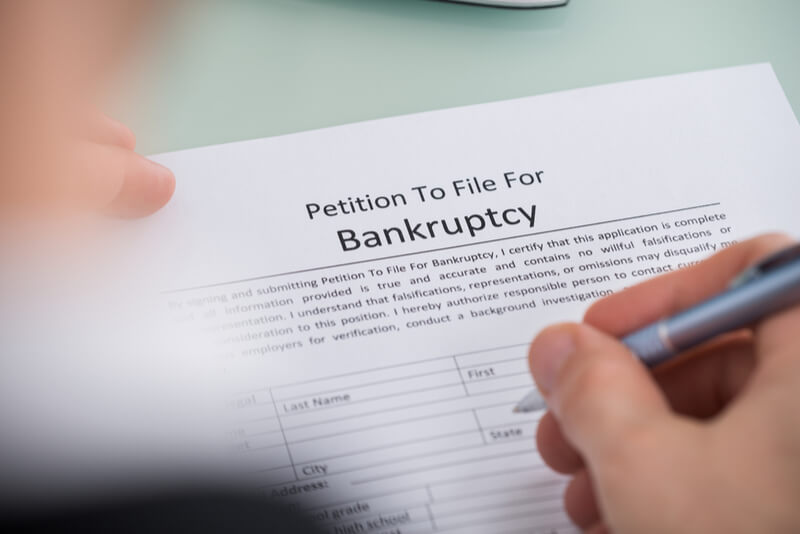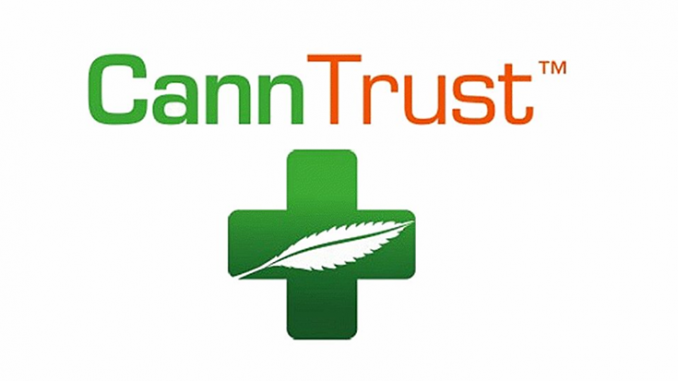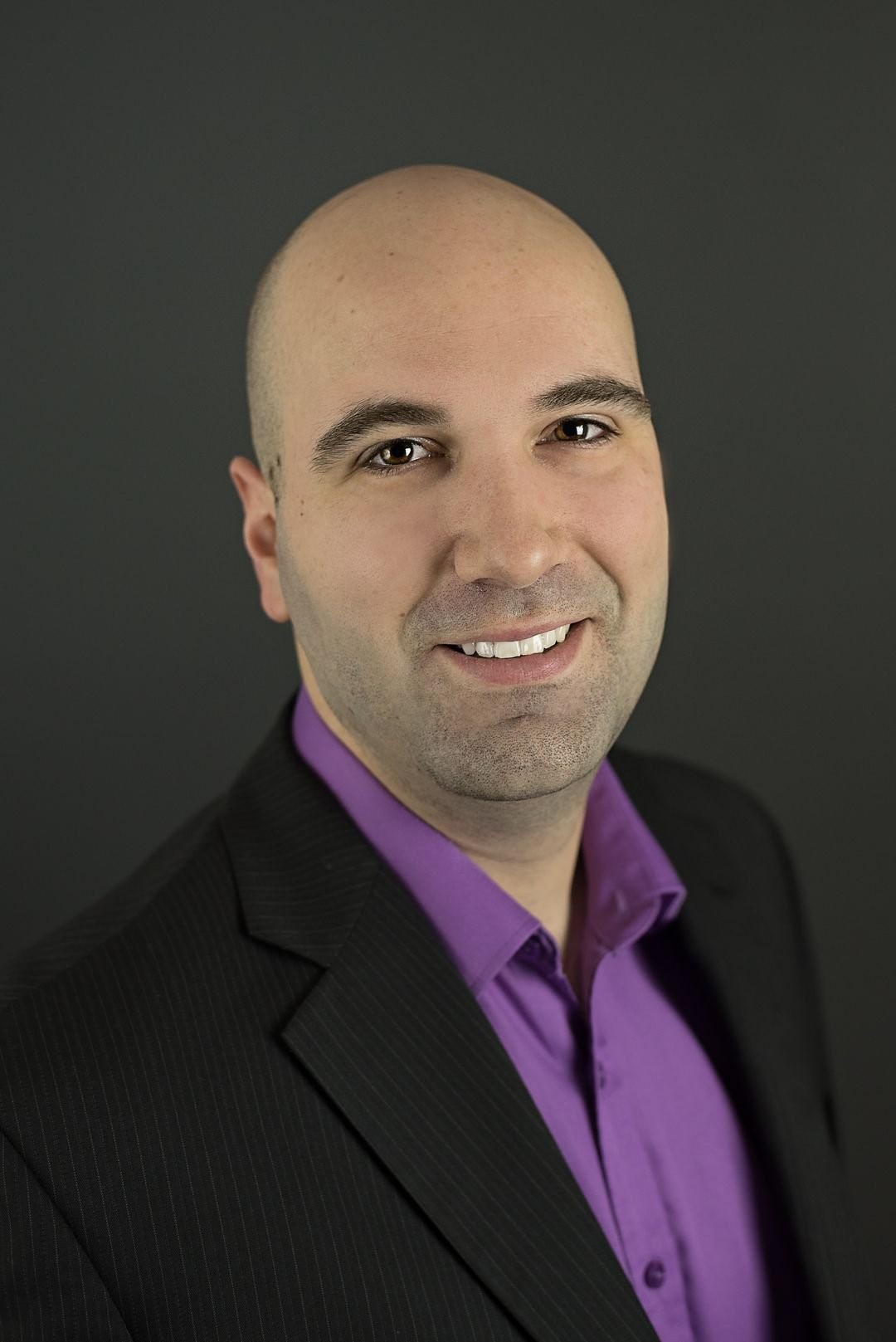Multi-state operators (MSOs) are on the rise in the United States, navigating complex regulatory frameworks to drive profitability through economies of scale and scope. C21 Investments is a vertically integrated cannabis company with operations in Nevada and Oregon; traded on the Canadian Stock Exchange (CXXI) and on the OTCQX (CXXIF). The company recently secured a commitment from Wasatch Global Investors, JW Asset Management (Jason Wild/TerrAscend) and CB1 Capital Management (Todd Harrison) who, in addition to C21’s CEO, provided an equity commitment for repayment of all convertible debt.
We spoke with Bruce Macdonald, Chairman of C21 Investments. Bruce joined C21 in 2018 after reviewing the company as a personal investment and getting to know the senior management team. Prior to C21, Bruce had a long and successful career in finance and capital markets at one of Canada’s largest banks.
Aaron Green: Can you give a brief overview of C21?
Bruce MacDonald: C21 is a cannabis company that has operations in both Nevada, and in Oregon. Oregon is fundamentally a wholesale business, and we recently announced a divestment of some non-core assets in the state. Our cash cow and where we currently see our best opportunity for future growth is our Nevada operations. We run a seed-to-sale business in the state with two dispensaries doing about $35M a year in revenue, with a 40% EBITDA Margin, and servicing 600,000 customers.
Aaron: Can you tell me about a little bit about your background and how you got involved in a cannabis company?
Bruce: I spent 37 years working for RBC in the capital markets business. I started as a floor trader, back when there was such a thing as a floor, and over the years held a number of positions, ultimately working my way up to Chief Operating Officer of the bank’s global capital markets division. Throughout my time, I built a lot of businesses, which was why C21 and this opportunity was so interesting to me.
My involvement in the cannabis sector was a bit of an accident, but it’s turned into a passion. It actually found me. I was an investor in the C21 IPO. I sat down with management to understand the investment and given my experience, they asked if I would consider becoming a member the Board. Since joining the Board, my involvement has been primarily focused on strategy and the financing side of the business. While I certainly didn’t anticipate it, it’s turned into a 24/7 gig and a challenge I am thoroughly enjoying.

Aaron: Can you tell me about the history of C21 becoming a MSO? Did you start in one state?
Bruce: While this history predates my time at the company, my understanding is that as a Canadian company, we had first mover advantage to be able to access public funding and get established in the US cannabis space. As part of that, the team at that time reviewed approximately 100 different properties. Because we were based out of Vancouver, the focus was primarily the Western states like Washington, Oregon, Nevada and California. Arizona wasn’t in the game yet. The first transaction C21 did was in Oregon, with a company called Eco Firma. In all, there were four acquisitions in Oregon, and one in Nevada. In fact, it was the investment in Silver State (Nevada) that was by far the most meaningful. As far as our Oregon assets are concerned, we have worked hard to integrate and streamline them into an efficient operation.
So, when I joined the Board, we were just completing the paperwork on the acquisitions, and finalizing our strategy and business plan to go forward.
Aaron: Today there are a number of MSOs. How does this more crowded market impact your value proposition; how do you think about gaining and maintaining strategic advantage?
Bruce: It’s important first to start with strategy. From a strategic perspective, we had the advantage of being the first operator in Nevada with Silver State. Sonny Newman, our CEO, started the business back in 2013. We run a seed-to-sale business so we have a deep knowledge of all aspects of the operation and really know the Nevada market. In fact, 70% on a dollar volume basis of the 700 SKUs that we sell are products that we manufacture. It’s a critical piece of our strategic advantage.
What I would say is our most important strategic advantage is the fact that C21 is a stable, self-sustaining operator. What I mean by that is we’re one of the few businesses that actually makes money. This is what really allows us to be strategic and disciplined in our approach to growth. For example, it’s been more than 18 months since we did our last capital raise and that’s by choice. Every decision we make is through the shareholder lens and focusing on delivering value to customers and shareholders.
 Looking at our value proposition, simply put, it comes down to four things – the right products, at the right price, in the right location, with the right environment. Some people might call this motherhood, but there’s a lot of work that goes behind each of them.
Looking at our value proposition, simply put, it comes down to four things – the right products, at the right price, in the right location, with the right environment. Some people might call this motherhood, but there’s a lot of work that goes behind each of them.
Great quality products, that’s table stakes. You have to be a top-notch grower and generate quality products that people demand if you want to build a loyal customer base. Right price – to some it sounds like just putting the right sticker on the package – it’s not. It’s all about making sure you are efficient in your operations because to be profitable, you have to be a low-cost producer to deliver on a lower price promise. Tons of work has gone into our operation around being a “right price” business.
Right location is another important element of our value proposition. We wanted to build a loyal customer base which for us meant focusing more on locals than on tourists. This is why Sonny positioned the dispensaries on commuter paths.
The last key factor is having the right environment to sell our products. In Nevada, the company ended up building fit-for-purpose dispensaries rather than fitting ourselves in a strip mall. We cater to over 600,000 clients a year. Now we’re doing 10,000 curbside pickups a month. With that type of volume, logistically speaking you need ample parking, a well-lit exterior so people feel safe, and of course, great curb appeal. These factors are essential in maintaining a loyal customer base.
Aaron: Tell me more about Silver State Relief and why it has been so successful?
Bruce: I think what you’re really asking for is: what is Sonny’s secret sauce? There are a few ingredients that go into it. As I highlighted, it was a purposeful decision to build a business with a loyal customer base focused primarily on locals. That needs product, price, and convenience. Sonny lives in the Reno area, which is one of the main reasons Silver State is located up North.
Critical to success has been the culture of the organization. Let’s start with the company being nimble and I’ll give you an example. The early days of the pandemic included the complete shutdown of dispensaries. We went from serving over 1500 customers a day in our stores to the next day being told that we could offer delivery only. Within a week, we were able to pivot and had lockboxes, regulatory approvals and a delivery capability. When you look at our Nevada operation, we ended up with just a 10% dip in our revenues for the quarter, even though we had to live through six weeks of delivery-only and then a phase of curbside-only.
 Another key element of the culture is our laser focus on cost management. We’ve talked a little about cost management, but it’s absolutely critical, especially in the context of the high cost of capital that we see in this sector. Add to that the punitive tax impact of 280e where federal tax is applied to gross margins which means SG&A and interest are non-deductible expenses for tax purposes. So, to enhance our profitability, we are intent on having the lowest SG&A of the public cannabis companies. We’re also among the lowest in interest expense. That whole drive for efficiency has given us a formula and a mantra that has allowed us to have a stable business with significant cash flow. We get to make strategic decisions — not hasty or desperate ones — and focus on what’s good for the shareholder.
Another key element of the culture is our laser focus on cost management. We’ve talked a little about cost management, but it’s absolutely critical, especially in the context of the high cost of capital that we see in this sector. Add to that the punitive tax impact of 280e where federal tax is applied to gross margins which means SG&A and interest are non-deductible expenses for tax purposes. So, to enhance our profitability, we are intent on having the lowest SG&A of the public cannabis companies. We’re also among the lowest in interest expense. That whole drive for efficiency has given us a formula and a mantra that has allowed us to have a stable business with significant cash flow. We get to make strategic decisions — not hasty or desperate ones — and focus on what’s good for the shareholder.
Aaron: How was C21 capitalized?
Bruce: We did a $33M raise on the RTO of a listed shell company. That was how C21 was established, and then signed contracts with the Oregon and Nevada properties.
Aaron: I recently saw a press release about expanding the Nevada cultivation. Can you give me some more details?
Bruce: We announced that we are tripling our capacity within our existing 100,000 square foot warehouse facilities. We’re going to build out another 40,000 square feet, and we currently use 20,000. That’s the tripling. Expanding our cultivation was clearly the next logical step in our growth story. This should yield us an additional 7,500 pounds of high-quality flower. We can do this very cost effectively with about $6M in capex, and we anticipate funding the project internally. We will still leave another 40,000 square feet of expansion capacity as market needs justify.
This announcement was significant, but I don’t think it was fully understood by the market. Just to play with some numbers, 7,500 pounds of flower has a wholesale market value today of about $17M. It will cost us approximately $2M in incremental operating expense to add these additional grow rooms. We already pay the rent, so we just need to pay for the people, power, fertilizer and product testing. When you do the simple math, we see this as a big win for shareholders and extremely accretive on an after-tax basis.
Historically, we always used to grow more than we needed, but with the increase in demand that’s going on in the market, we now run at a flower deficit. In the near term, this build-out will allow is to meet our current retail needs, with the balance that we will sell on the wholesale market. Ultimately, this positions us well on a seed-to-sale basis to support our plans to extend our retail footprint in Nevada.
Aaron: It sounds like the decision was made based on both revenue growth and supply chain consolidation?
Bruce: Yes, and just the pure profitability of it! You can’t get a bigger, better bang for your buck from spending $6M to generate $17M with ongoing operating costs of $2M.
Aaron: The next question here is about the recent note restructuring and, and how the debentures was restructured. How’d that come about and what is the advantage now of having gone through that process?
Bruce: This all fits into our medium-term growth strategy. For C21, the first thing we focused on was getting our house in order to ensure that we were efficient and profitable. We knew we needed to have a scalable machine to grow. The second step, which the debt restructuring relates to, was around fortifying our balance sheet. To support our growth plans, we needed to have a solid foundation.
 Our balance sheet had two things that needed fixing. One was that we had an $18M obligation coming due to our CEO. The effect of the restructuring extended this obligation over the next 30 months at favorable terms. Additionally, $6.5M of convertible debentures were reaching maturity in January of 2021. And while the debentures were in the money and theoretically would convert to shares, we didn’t want to take the risk that our stock price could drift a bit and all of a sudden there could be significant cash required for redemptions. We’ve seen a lot of companies suffer significant unwanted dilution when their debentures get out of control. So, we approached Wasatch, Jason Wild’s JWAM and CB1 Capital, three seasoned investors, who provided a backstop whereby they would purchase any shares not taken up by people though the conversion of their debentures, so that we would be able to pay any debenture holders back cash with the money we would receive as the investors took shares. In exchange for providing this backstop, C21 gave them an upside participation in the form of warrants. I think it was absolutely critical to get this in place. And it’s phenomenal to have these three names in our corner. We couldn’t imagine better partners.
Our balance sheet had two things that needed fixing. One was that we had an $18M obligation coming due to our CEO. The effect of the restructuring extended this obligation over the next 30 months at favorable terms. Additionally, $6.5M of convertible debentures were reaching maturity in January of 2021. And while the debentures were in the money and theoretically would convert to shares, we didn’t want to take the risk that our stock price could drift a bit and all of a sudden there could be significant cash required for redemptions. We’ve seen a lot of companies suffer significant unwanted dilution when their debentures get out of control. So, we approached Wasatch, Jason Wild’s JWAM and CB1 Capital, three seasoned investors, who provided a backstop whereby they would purchase any shares not taken up by people though the conversion of their debentures, so that we would be able to pay any debenture holders back cash with the money we would receive as the investors took shares. In exchange for providing this backstop, C21 gave them an upside participation in the form of warrants. I think it was absolutely critical to get this in place. And it’s phenomenal to have these three names in our corner. We couldn’t imagine better partners.
Aaron: So, what’s next for C21?
Bruce: I hope you are getting the feeling that here at C21 our objective is to play the long game. That means we make measured decisions with the interest of shareholders top of mind. We’ve worked hard in 2020 to get our house in order, fortify our balance sheet, and generate significant cash flow. I think we’re clocking in at around $12M in trailing annual cash flow, which interestingly, is about the same number that Planet 13 is doing. That’s obviously a fantastic result for a company with $150M of market cap.
“We are working with urgency to break the back of these sector economics.”When we think about our medium-term growth strategy, we will continue to make our decisions through a cash flow and earnings lens rather than hype and flash. While we will remain opportunistic with respect to strategic alternatives, the core of our expansion is going to focus on where we already have a proven track record: Nevada. We’re big believers that to achieve long term success, you have to own your home market. And what I mean by that is today we’re about 5% of the Nevada market. Owning your home market looks more like a 15% share. That is our focus. I think we’ve shown that our disciplined approach delivers results – results such as having top five metrics in Net Income, Cash Flow and EBITDA Margin, across the range of public companies that we can see.
I think it’s key we’re getting noticed. We talked about the strategic investors, but we’re also one of the 17 plant-touching companies that’s in the MSOS ETF. So, we’re going to follow our clear growth trajectory, focused on the bottom line and delivering for shareholders. If you look under the hood right now, you see a 10% cash flowing company, which is a pretty rare bird in our industry. We’re excited about where we are.
One thing I haven’t touched on in great detail is our plans for expanding our retail footprint. How do you grow in the dispensary space? Aaron, I think what’s key here is looking at the expected return relative to the cost of capital. For example, if you targeted buying a dispensary with $20M in revenues, and are able as we are, to generate 25% in after-tax cash based on those revenues, then once optimized, it would generate $5M in earnings. An asset like this is going to trade at roughly one and a half times revenues. So, you’re going to have to pay $30M. For the people that have been going out and borrowing money at 15%, their annual cost would be $4.5M. We’re not going to give four and a half to the moneylenders, it just doesn’t make sense for shareholders. We are working with urgency to break the back of these sector economics. It is something we believe will be afforded to companies with stable earnings and profitability such as ours. Of course, no deal’s a deal until it’s on the tape, but we are very hopeful that we have cracked the code ahead of SAFE Banking to get capital costs down. This is just a little bit of an inside look into our thought processes.
Aaron: Okay, awesome. All right. That concludes the interview.




































